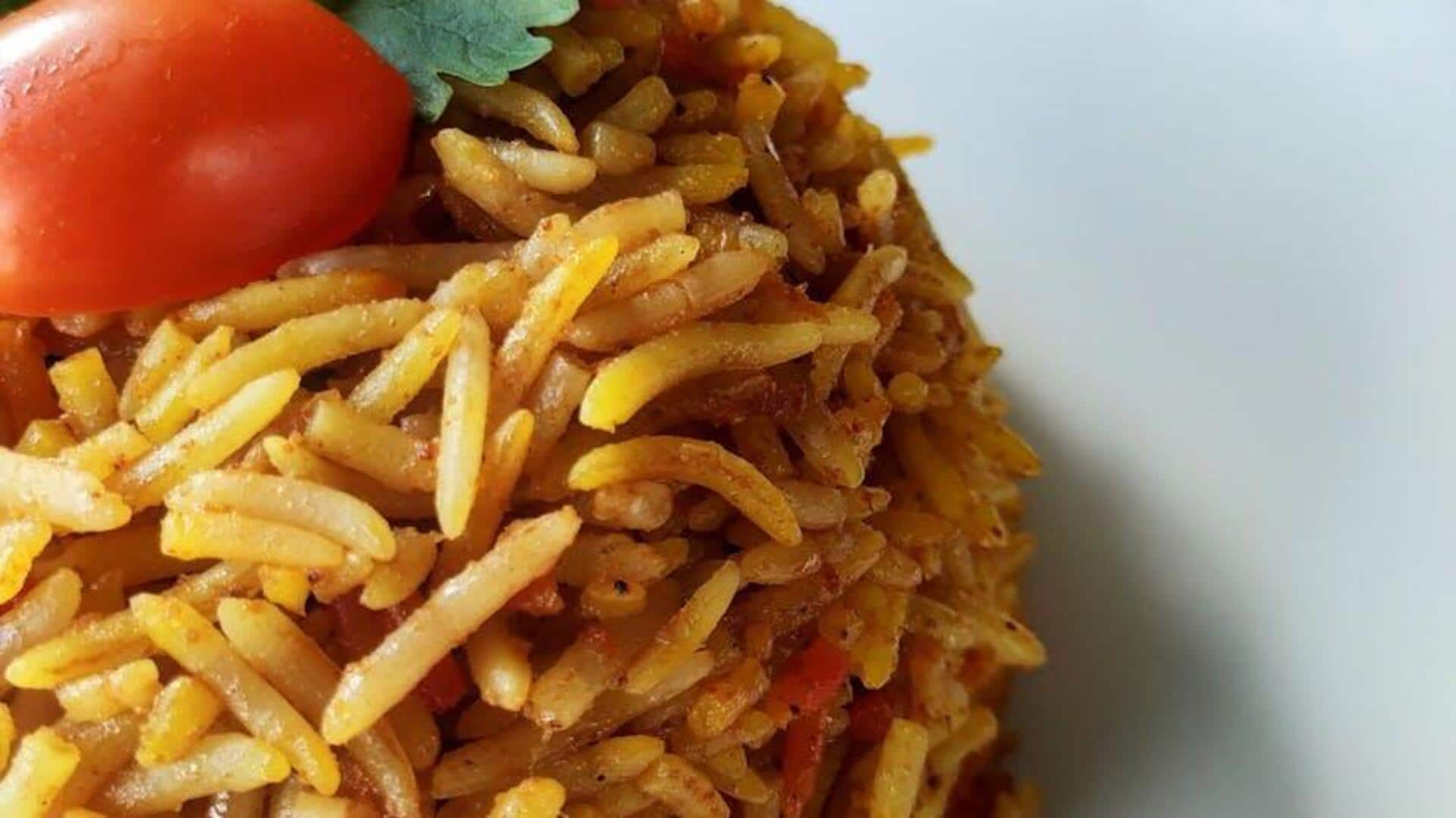
Tracing biryani's cultural roots
What's the story
Biryani, the beloved dish of South Asia, has a history that is as rich as the cultural tapestry of the region itself. The dish was born out of the historical movements and interactions of communities. In this article, we take a look at the cultural roots of biryani in South Asian history, and how it evolved and became significant over the years.
#1
Origins in ancient traditions
The roots of biryani can be traced back to ancient culinary traditions where rice was a staple. The combination of rice with spices and other ingredients was common in many cultures. These early forms laid the groundwork for what would eventually become biryani, showcasing how traditional practices influenced its development.
#2
Influence of trade routes
Trade routes played a major role in the evolution of biryani. As traders traveled through different lands, they brought with them an array of new spices and cooking styles. This cultural exchange not only enhanced local cuisines but also gave rise to distinct biryani flavors across regions. Today, they reflect the rich culinary diversity of South Asia, making each biryani unique.
#3
Regional variations emerge
As biryani traveled across South Asia, it met several regional tastes and ingredients. Result: the birth of unique variations. Every place modified the dish to suit their taste and what they had at hand. This adaptation enriched biryani's landscape. It gave way to a spectrum of versions, reflecting the rich cultural diversity in South Asia. Each biryani variant is a testament to the region's distinctive flavors and traditions.
Tip 1
Impact on modern cuisine
Even in modern times, biryani continues to dictate global culinary trends. Its popularity has given rise to innovative interpretations by chefs who play with flavors while staying true to the old ways. This relentless evolution only signifies how historical roots remain relevant in shaping modern-day cuisine around the world.